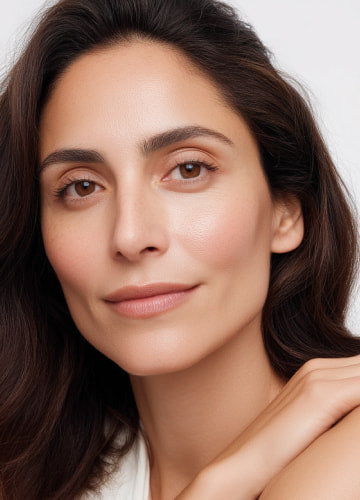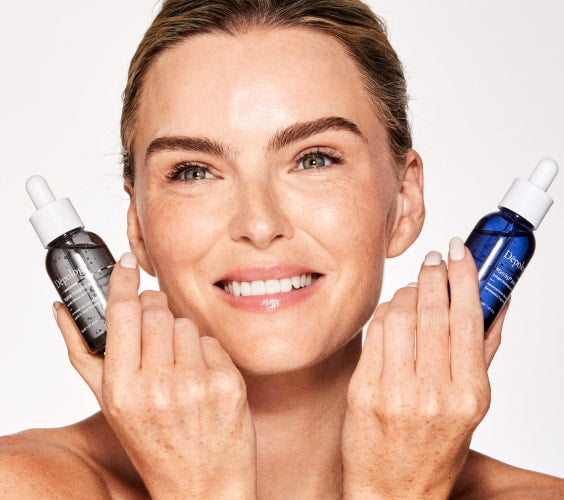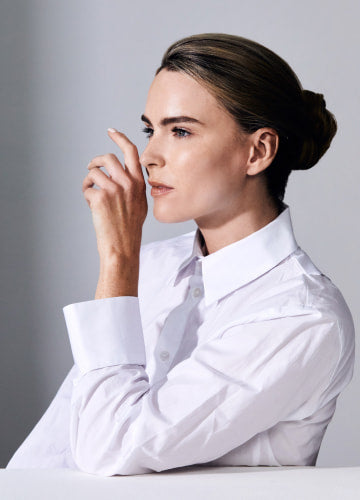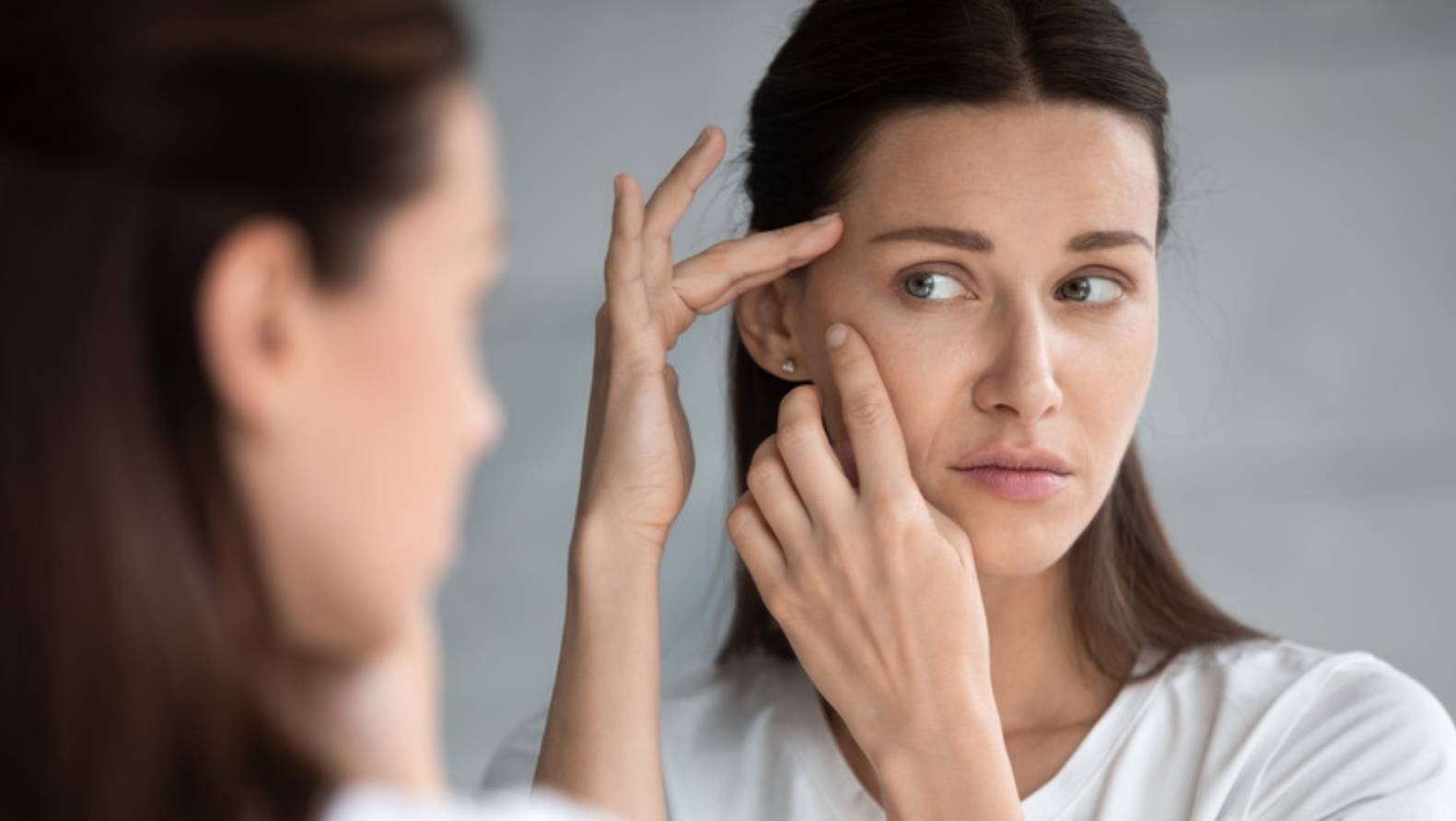
Best Skincare Regimen for Your 30s - Expert Tips and Advice
It can be intimidating to start a new hobby or lifestyle change, even when it comes to skincare. The social media posts on Instagram, TikTok, and YouTube might make these skincare routines look daunting and time-consuming. While some of the infamous eleven-step routines most definitely aren’t for beginners, it’s never been easier (nor is it ever too late) to start investing in skincare. Thanks to the ability to access information at our fingertips, millions of users have become professionals in their homes and so can you!
If you’ve entered what many consider the dreaded 30s or are still in your 20s and looking to get a jumpstart on anti-aging routines, be sure to check out our guide below. We discuss a healthy lifestyle in terms of skincare habits, beneficial products to incorporate, and we even speak to some experts in the industry about their favorite products.
Is 30 too late to begin anti-aging treatments?
Of course not! 30 is never too late to begin anti-aging treatments and skincare practices. Starting a proactive skincare routine in your 30s can be quite beneficial in maintaining the health and appearance of your skin. While aging signs may not be severe yet, it's an ideal time to establish healthy habits that help prevent or minimize aging.
What are the signs of aging on the face at 30?
Signs of aging vary depending on genetics, sun exposure, and lifestyle. Common signs include:
- Fine lines & expression lines: early laugh lines and crow’s feet appear from repetitive expressions.
- Loss of elasticity: skin may feel slightly less firm.
- Uneven tone & texture: hyperpigmentation and roughness can become more noticeable.
- Pore size: may appear larger due to genetics and sun exposure.
- Dryness: skin feels less hydrated and dull.
- Loss of volume: slight hollowing in cheeks or under-eyes.
How to start a skincare routine in your 30s?
Starting a skincare routine in your 30s is a proactive step toward maintaining youthful-looking skin.
Cleansing: Use a gentle cleanser twice daily.
Consistency: Stick to your routine and give products time to work.
Hydration & Moisturization: Use a hydrating moisturizer with hyaluronic acid or peptides.
Professional Guidance: If unsure, consult a dermatologist or skincare expert.
Sun Protection: Use SPF 30 daily, especially for sensitive under-eye areas.
Targeted Treatments: Add serums with niacinamide, hyaluronic acid, or salicylic acid if you have specific concerns.
Understand Your Skin Type: Choose products based on whether your skin is oily, dry, or combination.
What serums should you use in your 30s?
Serums provide targeted treatments. Popular options include:
- Antioxidant serums: e.g., Vitamin C, used in the morning.
- Glycolic acid: exfoliates and improves texture.
- Hyaluronic acid: hydrates and plumps.
- Niacinamide: reduces oil, pores, and dark circles.
- Peptides: support skin firmness.
- Retinol: top anti-aging ingredient; use at night.
- Vitamin C serums: brighten and protect.
Introduce serums slowly and alternate as needed.
What are dermatologist-recommended skincare routines for your 30s?
Dermatologists now promote “skinimalism”—simple but effective routines.
According to Dr. Amoafo-Mensah, retinol is essential for anti-aging and hyperpigmentation. She recommends the Anti-Aging Retinol Night Cream and highlights niacinamide and hyaluronic acid as highly effective ingredients.
What are affordable skincare routines for your 30s?
Here’s a simple, budget-friendly routine:
☀️ AM ROUTINE:
Cleanser: gentle, sulfate-free.
Toner: optional, hydrating, alcohol-free.
Moisturizer with SPF: SPF 30 daily.
🌙 PM ROUTINE:
Eye cream: helps with hydration and dark circles.
WEEKLY:
Exfoliation: 1–2× per week using glycolic acid or a gentle scrub.
Face Mask: hydrating or purifying masks weekly.
GENERAL TIPS:
Skinimalism: Focus on essentials (cleanser + moisturizer + SPF).
Ingredients over brand: Vitamin C, niacinamide, hyaluronic acid, retinol.
DIY options: Honey, yogurt, oatmeal masks.
Conclusion: SKINCARE IN YOUR 30S
Everyone ages differently. Keep your routine simple and consistent. Start with essentials, adjust over time, and be patient—healthy skin is a long-term investment.













